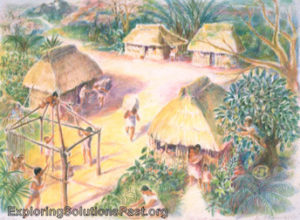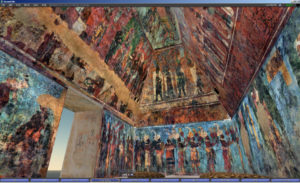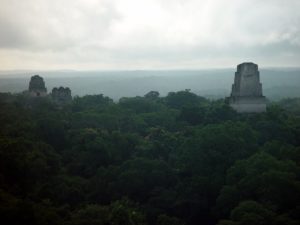Myths about the Maya
1. The Maya exhausted their environment to the point that it could no longer sustain a large population, and this is one of the main factors of the “collapse” of Maya civilization.
This is false.
The ancient Maya practiced a sustainable form of farming centered around the Milpa cycle. The forest surrounding ancient Maya sites IS a garden, with enough land to support a population equal to that of the Maya at the height of their civilization. With the evident resilience of the surrounding forest and proof of sustainable Maya farming techniques, these practices would not have lead to environmental destruction.

2. The Maya suffered a huge population collapse at the end of the Classic Period.
The evidence does not support this.
We know the Maya stopped maintaining palaces and temples at major centers like Tikal and El Pilar, likely related to the inability of the ruling elite to maintain their power. The shift in political structure of the ruling elite was gradual across many decades, possibly centuries. There is no evidence of a significant population collapse. In fact, when Cortez crossed the Maya forest in 1524, he and his army of 3,000 Aztecs and nearly 100 Spanish cavalry were well provisioned and regularly slept under roofs of Maya homes.
The monuments of temples and palaces represent the abandonment of infrastructure. In the power vacuum, the population shifted to rural development. As in parts of Detroit, where public and private buildings have been left to the elements following the decline of local industry, the Maya left their structures of authority to fall into disrepair.
During the decline, the Maya forest remained a garden and continued to sustain the populace up through the conquest.


3. The Maya disappeared with the collapse.
The Maya did NOT disappear!
There are approximately seven million Maya living today in Mexico and Central America. These numbers are equal to the Maya population living in the region at the time of the Spanish Conquest. Despite marginalization, the Maya continue to speak their language and practice their traditions while adjusting to a continually changing social, political, and natural environment. The Maya people did not disappear any more than the Romans did when the Roman Empire fell.